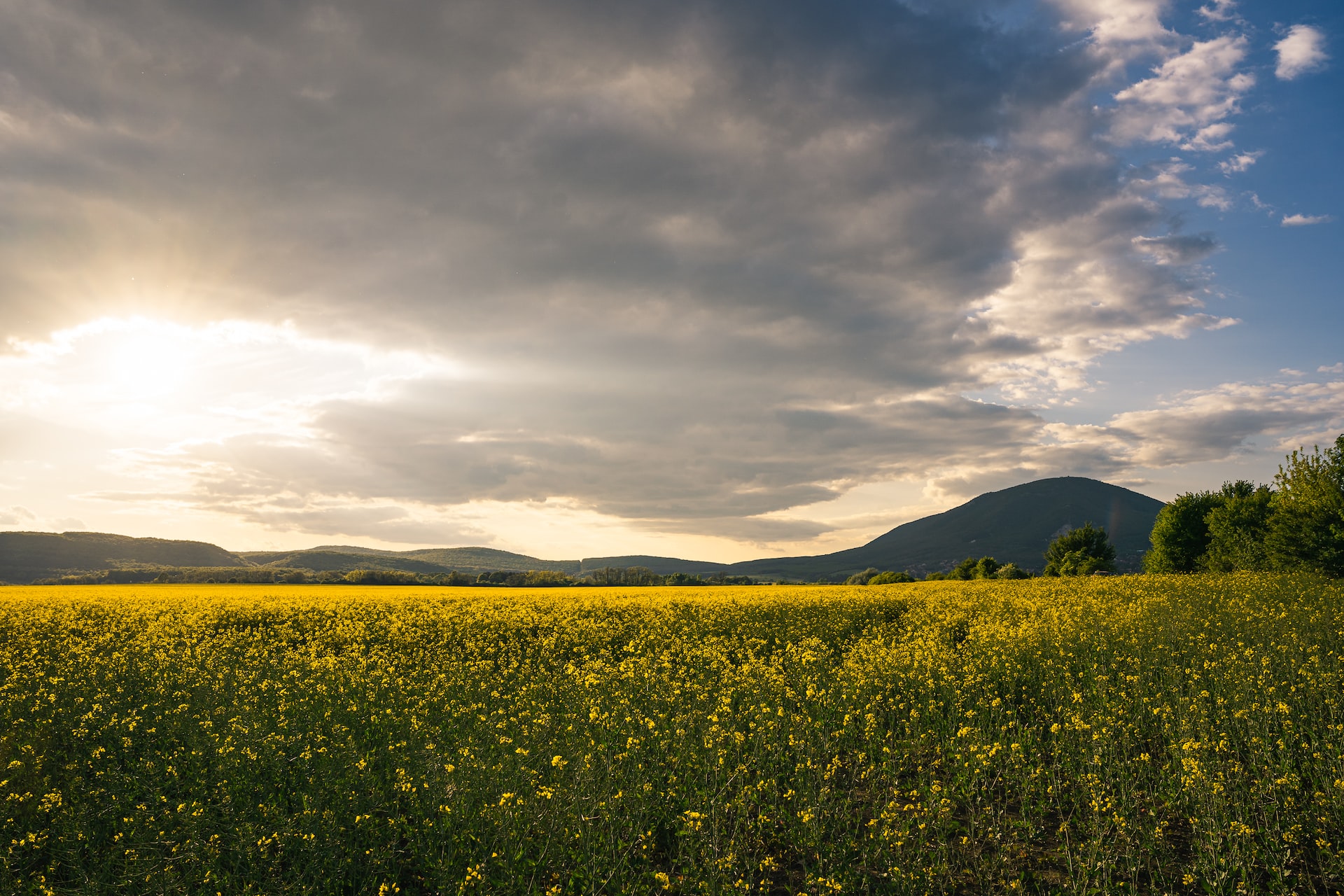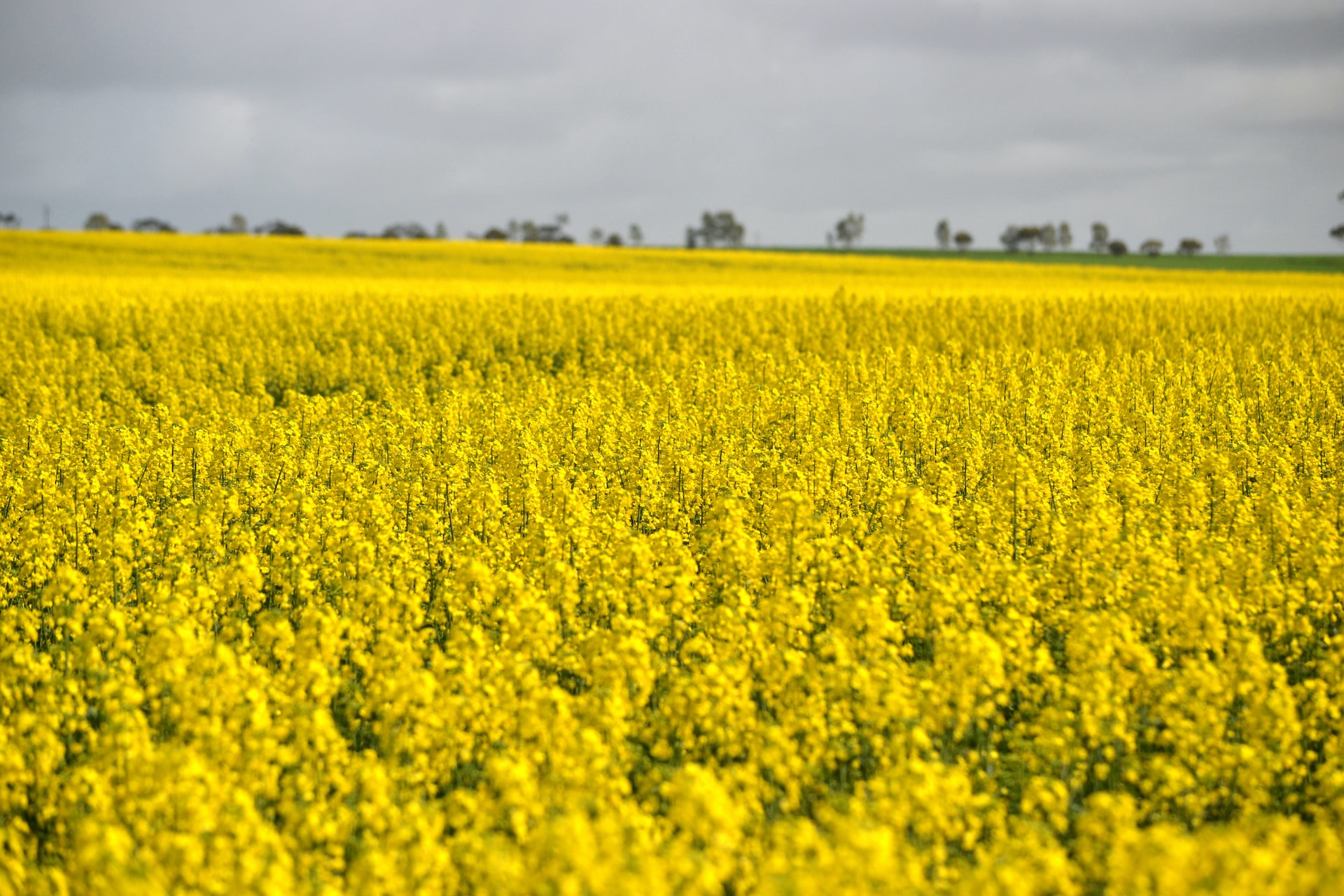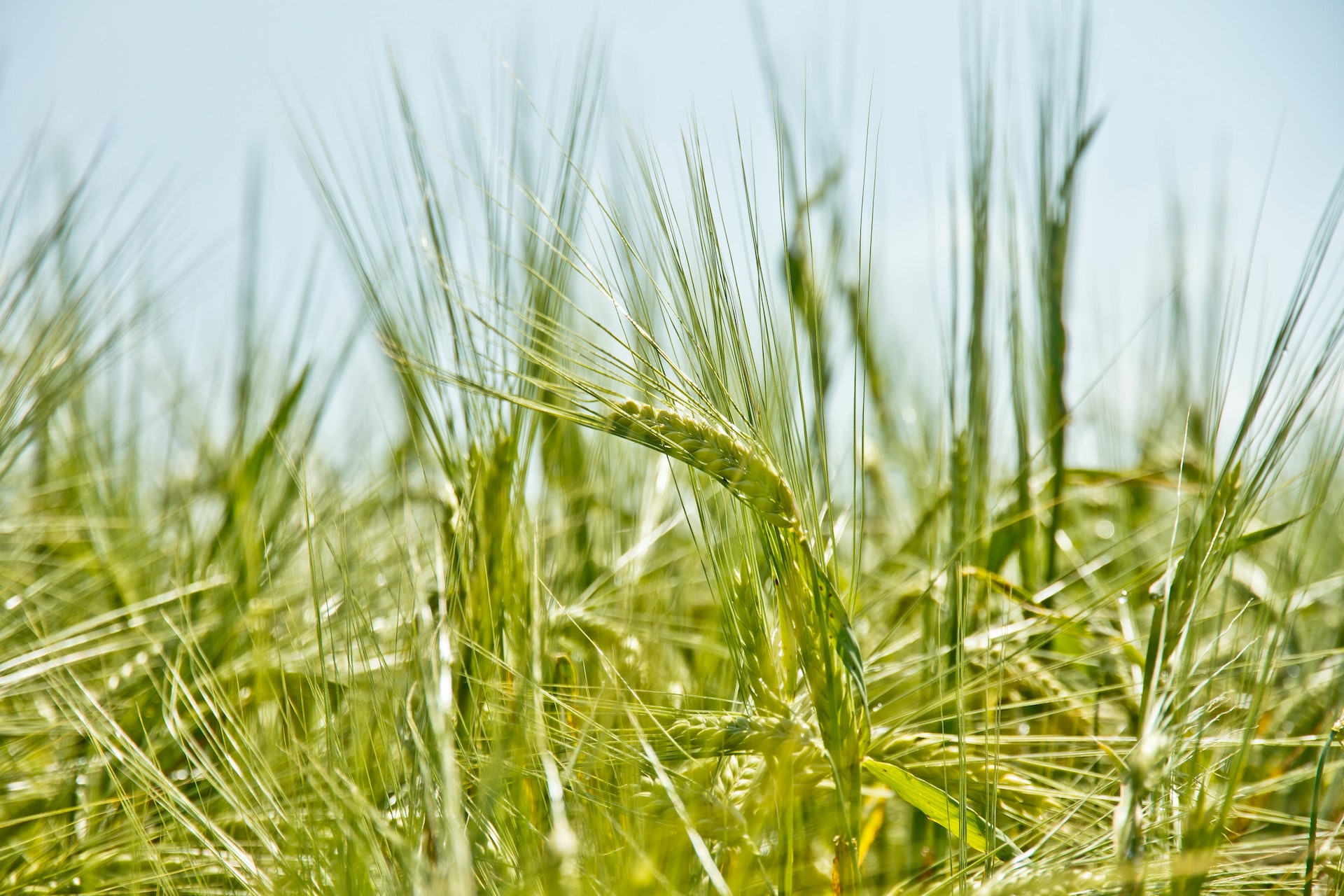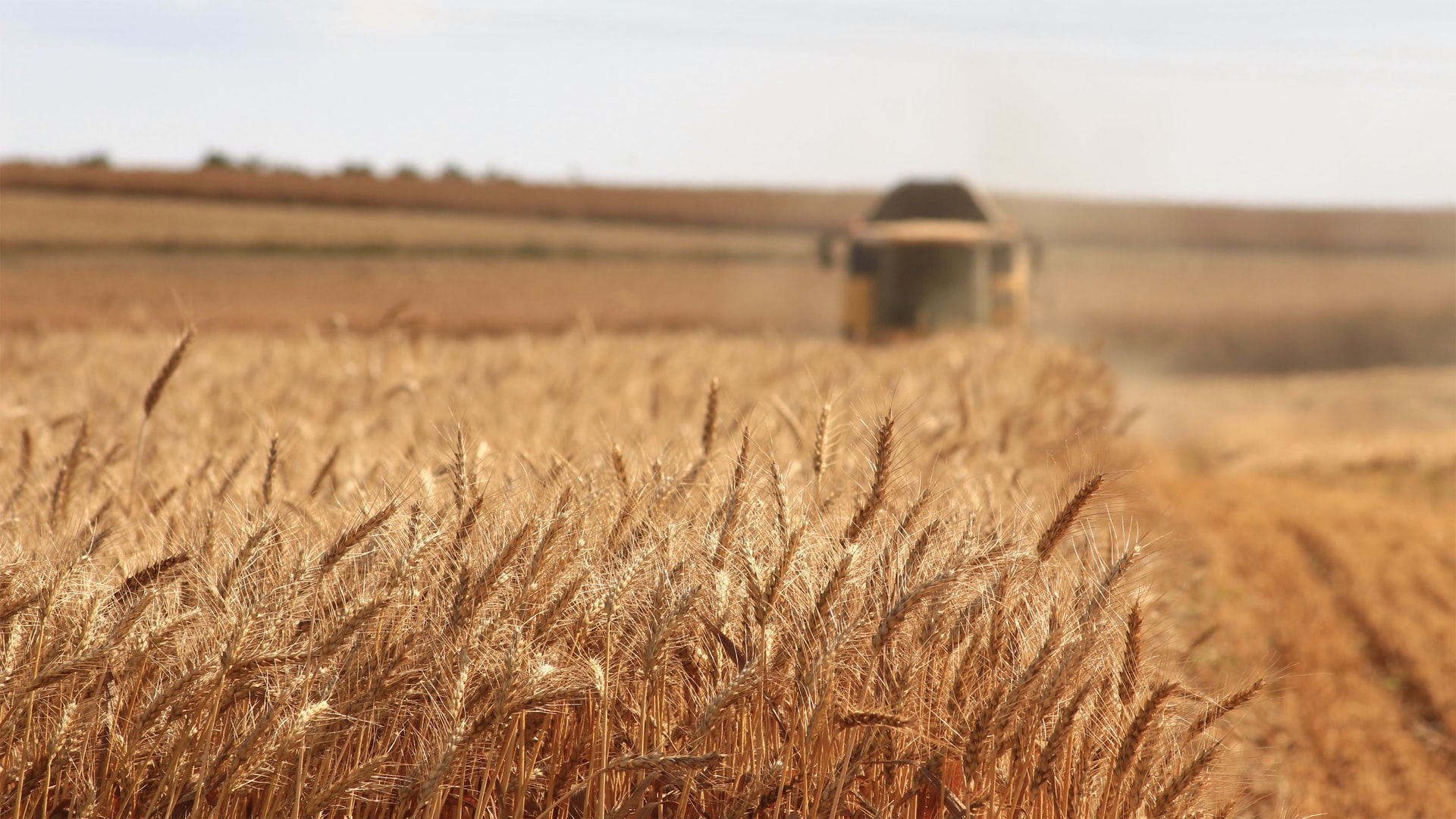Focus on grower selling set to sharpen
By James Massina
29th September, 2022
As October nears and geopolitics, weather and prices have been agonized over for months, and plenty of questions still to answer on where the production number ultimately ends up, one thing is for sure. And that is that Australia has another significant export task ahead in the next twelve months. Production around the country will no doubt be a mixed bag with Western Australia looking better than last year, South Australia and Victoria similar to slightly above, and New South Wales the big question mark, however all indications pointing towards that state producing less crop than in 21/22. The season has been hampered from the outset with the well publicised continued wet weather which delayed and prevented planting in some parts of the state, and the continued rainfall impeding crop growth.
It has been fantastic to see successive above average production across many parts of the country and for some, if 22/23 finishes kindly, it will be the third successful season in a row with big yields and historically high prices. The downside of this however is the continued pressure on the export supply chain. Most states faced execution challenges during 2022, some of which were unforeseeable. This shortfall and delay in execution has resulted in a larger carry out than may have first been anticipated, only adding to the export task for the 22/23 crop year. Furthermore, the challenges faced by the Australian industry in the last twelve months may have both buyers and sellers being cautious into calendar year 2023 as the risk of execution (or lack thereof) being deemed too great to participate with the same fervour as was the case last year.
Over the last twelve months, New South Wales growers, and those across the rest of the country, have undoubtedly been the beneficiaries of misfortunes in other parts of the world. Whether that be below average production, geopolitical issues, or supply chain issues, most have resulted in opportunity creation for the Australian grower. As production improves in Canada, for example, or ocean freight rates start to decline, which they are beginning to trend lower today, our competitiveness into destination markets that we have enjoyed in 2022, will likely decline. It’s not all bad news however as there are still plenty of opportunities out there to be had. Engagement from the grower has been sporadic as the market has generally trended lower in the last few months, and with a crop that is on a national level at least, getting larger as harvest nears, the trade will be very closely watching grower selling. Add to that a carry out that has the potential to rival the Cats’ winning margin on the weekend, markets could come under increased pressure during harvest.
Waiting on some harvest clarity

As harvest inches steadily towards us, the marketing crystal ball remains as cloudy as ever, with technical and fundamental factors all conspiring to fog up the glass.
Read MoreSouthern crops benefit from wet conditions

Weather in NSW remains mild and wet, and the majority of weather forecasters predict the trend to continue through to October and November.
Read MoreSpring days getting longer, but the weather risks remain

Spring has officially sprung around New South Wales with flowers bursting everywhere across the state.
Read MoreThe premiership quarter

Spring has sprung and with that arrives finals footy as well as critical time in the calendar for growers and industry alike.
Read MoreWhere is this grain market heading

In the last three months across Australia, cash values for grains and oilseeds have seen way more red trading days than green.
Read MoreHarvest plans critical for another big crop

With spring now only two weeks around the corner and the growing season well underway, crop forecasters are beginning to make their rounds in what is set up to be one of the most challenging crops to pick of recent times.
Read More